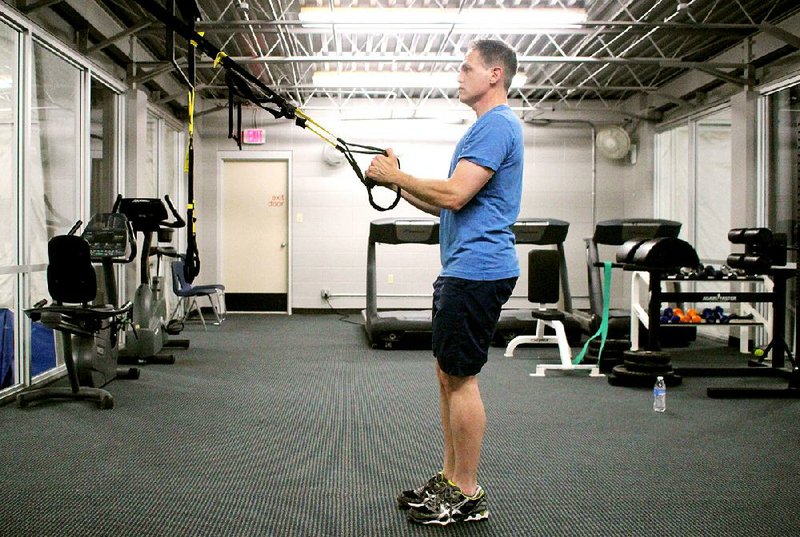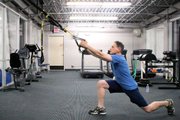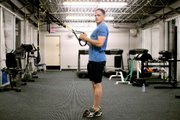Squats and lunges are often ruled off limits for those with knee or hip injuries. Similarly, pushups and pullups are contraindicated for people who've experienced shoulder problems.
This week, I'll discuss a few tips for minimizing impact on injured areas while continuing to exercise their associated muscle groups. Plus, I'll introduce a new exercise that illustrates just such a modification for the hips.
The first level of evaluating exercise limitations is having a clear understanding of what caused the injury and the overall diagnosis. If you have torn a patellar tendon and require surgery, no amount of tweaking classic thigh exercises will allow for quadriceps training.
On the other hand, a simple diagnosis of arthritis leaves room for some strength training -- under the right conditions. Assuming the individual has a clear and concise diagnosis, less severe conditions (such as arthritis) can be worked around.
I have several tips to minimize the amount of resistance on a given body part, but my all-time favorite is training in water. Aqua Aerobics definitely has the connotation of being tailored toward older adults, but this method of strength training is anything but wimpy.
The human body is naturally buoyant in water, which dramatically reduces the amount of joint pressure due to gravity. As the water deepens, the amount of buoyancy increases and thereby decreases the amount of joint pressure.
For my money, there's no better option for strength training around injuries and various joint conditions than working out against water.
Another great tool to manage joint problems during exercise is TRX. This system involves two straps that are anchored at a high point, creating a body-weight training station. Depending on one's posture, different percentages of one's own weight become the resistance.
The best part of TRX training is the versatility, simply because it can challenge anyone from the beginner to advanced fitness enthusiast.
This week's exercise is designed around the TRX straps for those who would like to exercise the lower body musculature but aren't comfortable with normal lunges or squats. The TRX Lunge Row will reduce the amount of knee pressure and make lunges far more reasonable for a larger percentage of the population.
1. Grasp both handles of a TRX strap while facing the anchor point. Stand with both feet together.
2. Step back with your right foot and lunge down with your left knee.
3. Lower yourself until the left knee is at 90 degrees, then use your arms to row yourself back up to the starting position. This will force the upper and lower body to work in unison.
4. Do two sets of 15 on each side.
For those with limited range of motion, it's easy to modify this exercise. One can simply bend the knee to 120 degrees instead of 90 or use the arms more.
Either way, the TRX straps can give the user a little more control and support during the lunge, which is a huge comfort to those with chronic knee or hip issues. Enjoy!
Matt Parrott has a doctorate in education (sport studies) and a master's in kinesiology and is certified by the American College of Sports Medicine.
vballtop@aol.com
ActiveStyle on 06/22/2015


